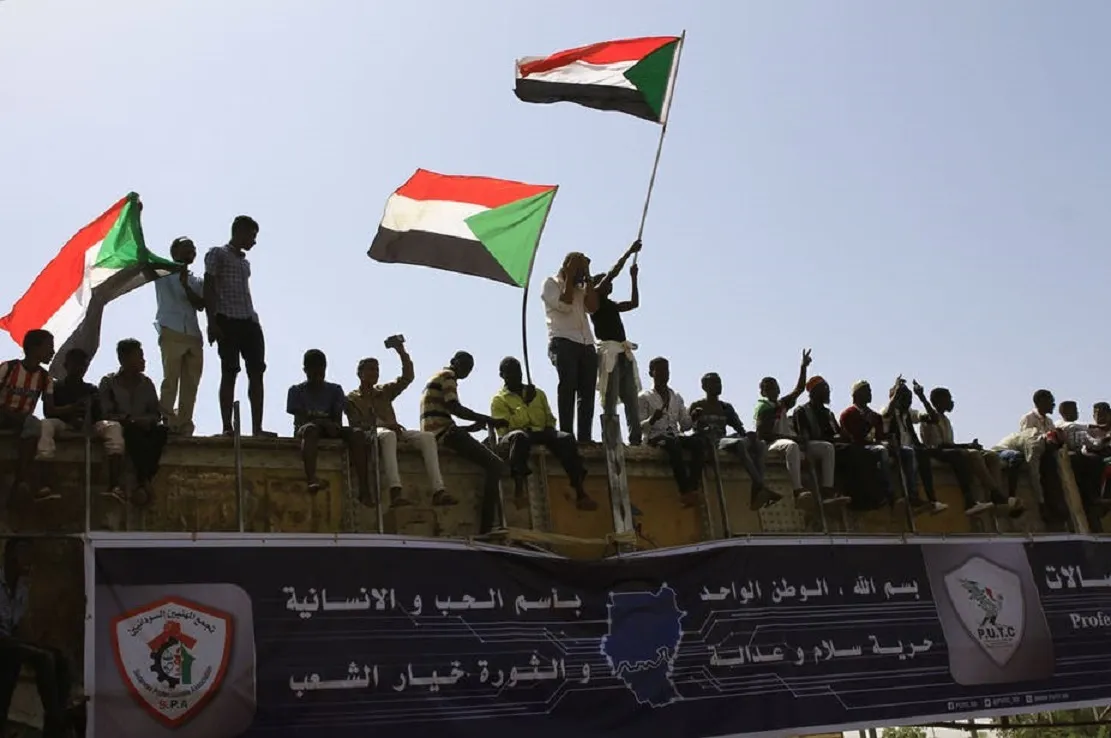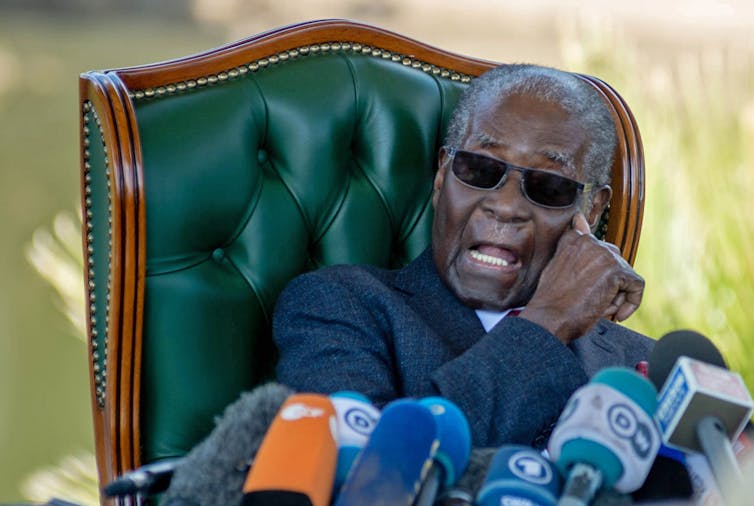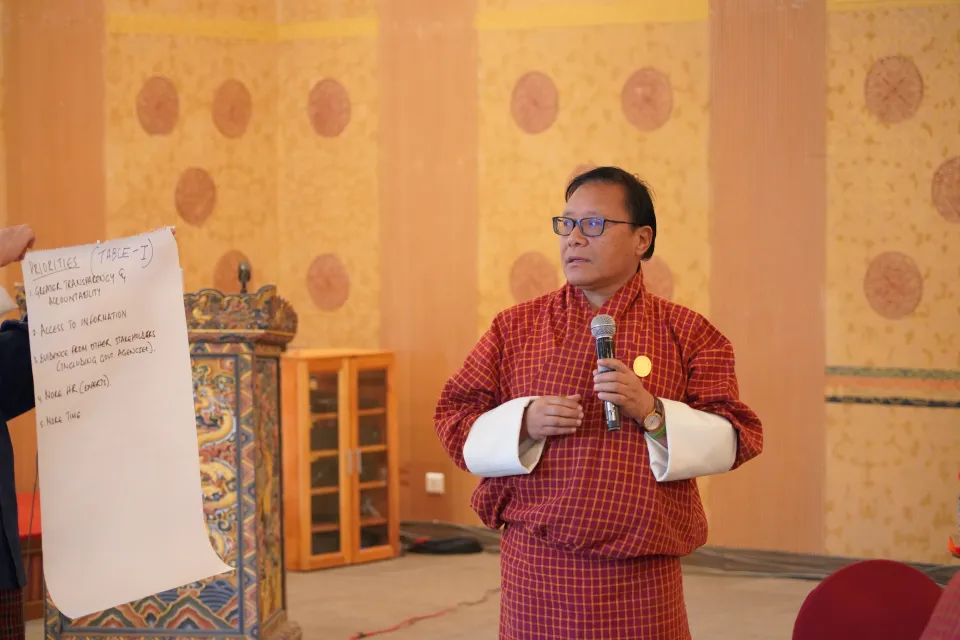Popular protests pose a conundrum for the AU’s opposition to coups

Disclaimer: Views expressed in this commentary are those of the staff member. This commentary is independent of specific national or political interests. Views expressed do not necessarily represent the institutional position of International IDEA, its Board of Advisers or its Council of Member States.
Sudan’s President Omar al Bashir was overthrown in April following months of incessant countrywide protests. Less than two weeks earlier, protesters forced Algeria’s long-time President Abdelaziz Bouteflika to step down. The ultimate push in both instances came from the army. The crucial distinction is that the involvement of the army in Algeria was very subtle, with the head of the army suggesting that Bouteflika should step down. In contrast, the Sudanese army threw the decisive punch that abruptly ended al-Bashir’s regime. In this sense, the role of the Sudanese military may be more appropriately compared with the situation in Zimbabwe when the army’s involvement led to the resignation of Robert Mugabe in November 2017. It is also similar to the coup that toppled Burkina Faso’s President Blaise Compaore in November 2014 which also followed days of protests.
Nineteen years ago the African Union (AU) adopted a declaration that rejected “unconstitutional changes of government” (known as the Lome Declaration. The policy was followed by the African Charter on Democracy, Elections and Governance, which formalised the rules. But the tail-end involvement of the military after intensive and popular protests raises questions about how this should be applied. While there have been some hiccups and inconsistencies, the rule has allowed the AU to reject coups d’état and suspend governments from its membership. But the recent round of popular protests that finally led to the toppling of authoritarian presidents is a reminder of the conundrum the AU faces.
Gaps
Gaps emerged with the intervention of the Egyptian military in the removal of President Mohammad Morsi in 2012 following days of extensive popular protests. The intervention of the military was the decisive last step that ended Morsi’s rule. The AU labelled the events a coup and condemned the military. It demanded a return to civilian rule. Egypt was also suspended from AU membership. In 2014 the leader of the coup, Abdel Fattah El-Sisi, ran for the presidency and won. This went against the AU rule that coup leaders be banned from occupying political positions. In the end the AU blinked, and later that year Egypt’s membership was reinstated. It even went one step further, allowing Sisi to take over as the rotational head of the AU in 2019. The events in Egypt and the subsequent AU response underscored the unique dilemma that a combination of popular protests and military intervention pose for the continental body’s policy against coups.
A 2014 report from an AU High Level Panel considered the compatibility of popular uprisings with the AU’s framework against unconstitutional changes of government. The report said that a necessary condition for the removal of government to not constitute a coup was that the military shouldn’t be involved. The other criteria were that the protests be popular and peaceful. But the report was never formally adopted by the AU. This means that it doesn’t have a definitive policy on the issue.
Confusion in the ranks
Two other instances point to a lack of clarity on the AU’s part—Burkina Faso and Zimbabwe. When President Blaise Compaore fled Burkina Faso in November 2014, the military took advantage of the political vacuum and arrogated power. The AU rejected the military takeover and demanded the establishment of a civilian authority. The military was given two weeks to ensure a civilian-led transition, which it honoured. One of the military leaders was then named prime minster. The AU’s response to events in Zimbabwe was confused. The country was never suspended from AU membership. And the army general who led the military intervention subsequently became vice-president.

The events in Sudan have created another troubling scenario for the AU. The chairperson of the AU Commission labelled the move a “military take-over” and noted that a “coup is not the appropriate response” to Sudan’s myriad challenges. On 15 April, the AU Peace and Security Council endorsed the chairperson’s statements and demanded the establishment of a civilian-led transitional authority within 15 days, failing which Sudan would be suspended. Yet, in a joint communique of the “consultative meeting of the regional partners of Sudan” on 23 April, led by Egyptian President Sisi, and attended by the AU Commission chairperson Moussa Faki, the participants recommended the peace and security council extend the transition period by three months. The council later extended the period of such transition by 60 days.
Under the Lome Declaration, once the Peace and Security Council labels a change of government as unconstitutional, it must immediately suspend the relevant government. But, apparently because of the gaps in the applicable norm on unconstitutional change of government relating to popular protests, this does not always happen.
Complex questions
The Sudanese situation raises complex issues. Given unfolding events, the initial two-week deadline for a return to civilian rule appeared to have been impractical. An extension was therefore understandable. But it creates the danger that military rule might become entrenched. The Peace and Security Council needs to agree on a schedule for the transition to civilian authority within the provided timeline.
To ensure consistency in future, the AU should clear the dust on the report of the High Level Panel on Egypt. It should clarify the rules on whether tail-end military intervention to support sustained popular protests against despots may in some instances constitute an exception to unconstitutional change of government.
In addition, the AU standards speak about the removal of “democratically elected governments”. In practice, it never asks whether the removed government was democratic, and does not have mechanisms to make a proper determination on the issue.
The AU should give equivalent focus to the pervasive problem of unconstitutional retention of government power. But, in cases where coups occur, it should continue to insist on civilian-led and controlled transitions within a reasonable time to allow for diplomatic efforts, regardless of the nature of the regime that was removed.
![]()
This article is republished from The Conversation under a Creative Commons license. Read the original article.




